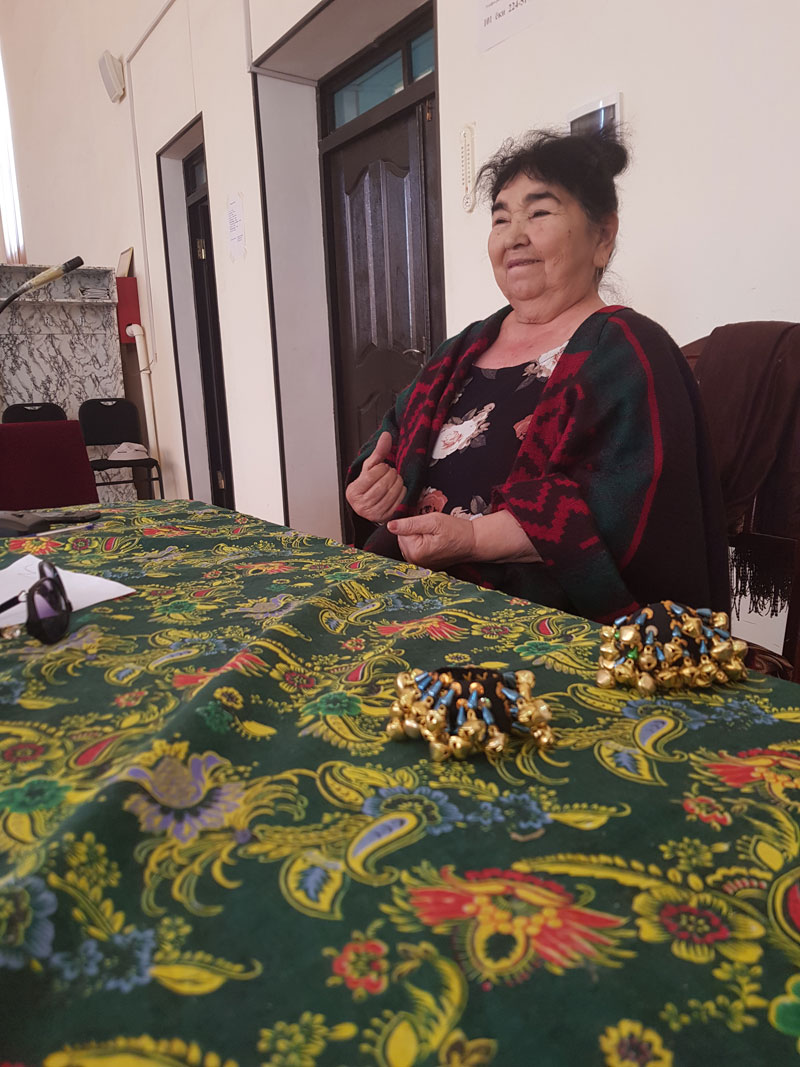Thanks for the meetings and cooperation to the
dancers and choreographers
Gavhar Matyokubova (Uzbekistan), Dilnoza Ortigova (Uzbekistan), Aguibou Sanou/Tamadia Dance Company (Burkina Faso), Serge Aimé Coulibaly/Faso Dance Theatre (Burkina Faso), Stefany Ursula Yamoah/ National Dance Company (Ghana), Tchina Ndjidda (Cameroon), Ochai Ogaba/Mud Art Company (Nigeria), Chef Kossi (Togo), Anamaria Klajnscek (Slovenia), Magi Serra (Spain), Irina Demina (Germany), Julek Kreutzer (Germany), Mariko Koh (Germany), Chihiro Araki (Germany), Qadira Oechsle-Ali (Germany), Cordelia Eleonore Lange (Germany), Maria Walser (Germany), Viktória Kőhalmi (Germany), Ghazal Ramz (Germany), Anne Mareike-Hess (Germany), Neta Henik (Isreal/Germany), Sho Nakasatomi (Germany), Zumrad Mukhrimova (Netherlands/Uzbekistan), Xchel Mendoza Hermández (Germany), Lea Martini (Germany), Katharina Maschenka Horn (Germany), Zula Lemes (Germany), Manto Nosti (Greece), Filio Louvari (Greece), Nir de Volff (Germany), Anna Demiclova/Urban Forest Echo Theatre (Russia/Germany), Kasia Wolinska (Germany)
Composers and musicians
Otabek Ròzmetov (Uzbekistan), César B. (Germany), Midori Hirano aka MimiKof (Germany), Alejandra Cárdenas Pacheco aka Ale Hop (Germany), Mauricio Takara (Brazil/Germany)
Costume designers
Carolin Schoggs (Germany), Mascha Mihoa Bischof (Germany), Justyna Gmitrzuk (Germany), Lauren Steel (Germany)
Dramaturges
Diana Liu (Germany), Astrid Schenka (Germany), Thomas Schaupp (Germany), Foteini Micheli (Germany), Klara Kroymann (Germany), Maja Zimmermann (Germany), Nadine Vollmer (Germany), Ioanna Valsamidou (Greece), Helene Varoupolou (Greece)
Live Audiovisual Artists and VJs
KALMA (Germany), Claire Fristot aka A_li_ce (Germany)
Scenographers
Michi Muchina (Germany), Lena Loy (Germany), Cristina Nyffeler (Germany), Jacob Blazejczak (Germany)
Lighting designers
Emilio Checa (Germany), Matthias Singer (Germany)
Visual artists
Martin Kaltwasser (1965 – 2022) (Germany), Simone Zaugg (Switzerland)
Lazgi dance teachers
Malika Khaidarova (Uzbekistan), Katja Hillebrand (Switzerland), Zumrad Mukhrimova (Netherlands, Uzbekistan)











